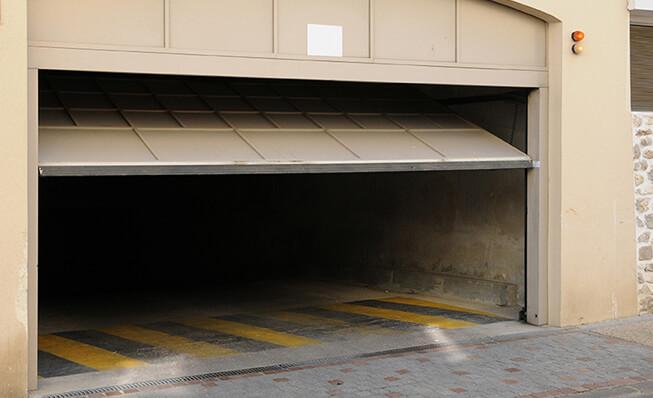In the realm of home automation, a garage door that seems to have a mind of its own can be both perplexing and concerning. If you’ve ever experienced the unsettling phenomenon of your garage door opening and closing by itself, you’re not alone. In this comprehensive guide, we will explore the various reasons behind this unexpected behavior and provide practical solutions for homeowners.

Garage Door Opening And Closing By Itself: A Troubling Enigma
The Technological Marvel of Automatic Garage Doors
Automatic garage doors have become a staple in modern homes, offering convenience, security, and ease of use. However, when these marvels of technology start exhibiting erratic behavior, it can leave homeowners scratching their heads. The issue of a garage door opening and closing by itself is not only inconvenient but also poses potential security risks.
Possible Causes of Unintended Movements
- Remote Control Interference: One common culprit behind a garage door acting on its own is interference with the remote control signal. Various electronic devices in the vicinity, such as wireless routers or other garage door openers, can disrupt the communication between the remote and the garage door opener, triggering unintentional movements.
- Faulty Garage Door Opener: The garage door opener itself may be experiencing malfunctions. Issues with the internal wiring, sensors, or the control board can result in erratic behavior, causing the door to open and close without any command from the user.
- Misaligned or Faulty Sensors: Most modern garage doors are equipped with safety sensors that detect obstacles in the door’s path. If these sensors are misaligned, dirty, or malfunctioning, they may incorrectly signal that there is an obstruction, prompting the door to reverse its direction unexpectedly.
Understanding the Dynamics: Garage Door Opening And Closing By Itself
Remote Control Interference and Solutions
To address remote control interference, start by identifying potential sources. Move electronic devices away from the garage door opener, and ensure that neighboring openers or devices are not operating on the same frequency. Consider changing the frequency settings on your garage door opener to minimize the chances of interference.
Inspecting and Maintaining Garage Door Sensors
Regular maintenance of safety sensors is crucial. Check for any obstructions in the sensor’s line of sight and clean them with a soft, dry cloth. If misalignment is detected, adjust the sensors to ensure proper alignment. If issues persist, it may be necessary to replace faulty sensors.
Garage Door Opener Troubleshooting
If the garage door opener itself is suspected to be the source of the problem, consult the user manual for troubleshooting guidance. Inspect the wiring, sensors, and control board for any visible issues. In some cases, a simple reset of the opener may resolve temporary glitches.
Read too: Do Insulated Garage Doors Make a Significant Difference in Your Home? Unveiling the Impact
Conclusion: Regaining Control of Your Garage Door
In the face of a garage door that seems to have a mind of its own, a systematic approach to troubleshooting is essential. By understanding the potential causes and implementing the solutions outlined above, homeowners can regain control over their garage doors and ensure a secure and reliable automated system.
In conclusion, the enigma of a garage door opening and closing by itself is not insurmountable. With a combination of preventive measures and proactive troubleshooting, homeowners can enjoy the benefits of an automatic garage door without the unexpected surprises. Remember, a well-maintained and properly functioning garage door is the key to a secure and hassle-free home.



Leave a Reply